I love the north of Spain and have been visiting the city of Bilbao and the surrounding beaches of San Sebastian for some twenty years. My frequent haunts include Concha Bay, and the golden sands beaches of Zarautz and Fuenterrabia.
Today I am joined by long-time friend and fellow sommelier, Naiara Dolagaray. We are enjoying the view of Hendaia. This is a wide and sandy beach located just inside France. Over the years it has become popular with surfers.
I was first recommended to Hendaia Beach by my nephew, Austin Roberts. A couple of years ago, while as an undergraduate at UCLA; Austin spent a year in Madrid mastering the language and the Castillian accent. Since he is an avid surfer, it was inevitable that he would venture this far north.
Spain’s autonomous region, the Basque Country, is rugged with high mountains descending into lush valleys. The Alava Plains and the Ebro Valley have long been renown for their wines and spirits.
“I think you will enjoy the dishes served at the Hegoa Café.” Naiara called for my attention. “This is where I usually come to meet with my friends and enjoy a glass of wine.”
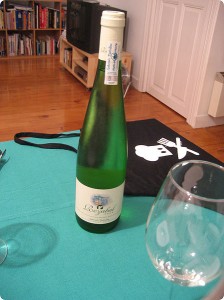 “A feast for my eyes,” I flashed her a beaming smile.
“A feast for my eyes,” I flashed her a beaming smile.
“Then let’s begin,” Naiara chuckled jovially.
Naiara had seen to it that our table had been set with only the most delectable Basque Tapas. Idiazabal sheep cheese, lamb stew, Tolosa bean dishes, and a wide assortment of meats and fish that had been grilled over hot coals.
Our first selection was a lovely sparkling wine, Getaria Txakoli, pronounced, CHAC-oh-lee, is unique to the region along the Basque coast, and often produced by small growers. Typically this style of wine is made from Hondarribi Zuria grapes which produce a beverage that is a light, fruity, and slightly sparkling. The wine has a slight green tint, floral bouquet with hints of apple and pineapple. It is high in acidity with a low alcohol content, usually between 9.5-11.5% alcohol. Txakoli is served in tall glasses and poured from a height. Overall our Getaria Txakoli 2011 was an enjoyable and easy wine to drink. The alcohol content is 10.5 % and a price tag of $35.
“Since it is a light white wine, Txakoli is often paired with fish and seafood,” Naiara added. “It is perfect for the catch along the Basque coast.”
“A most pleasant wine,” I paused lightly. “I should think it would also pair nicely with calamari.”
“I would also add that this is a wine that is meant to be drunk young, most definitely within a year.” Naira spoke with calm finality.
Our next wine, Rioja Alavesa hails from the southern tip of Basque Country. Grape varietals that are most prevalent in the area are Graciano, Garnacha, Mazuelo, Viura, and Tempranillo. What is most interesting about wine making in this region is that the grapes are neither de-stemmed nor crushed before fermenting. The grapes are simply placed into large open vats. This technique is known as carbonic maceration. The vintners of Alavesa believe this technique is what makes their wines soft and fruity. Naiara selected a Marques de Riscal Rose 2012. This is a very pleasant and drinkable rose. It is a, bright, lively raspberry in color. The nose reveals an intensity and concentration of both raspberries and strawberries, with just a subtle floral hint. The palate is fresh and nicely balanced with a full crisp finish. The alcohol content is 13.5% with a price tag of $15.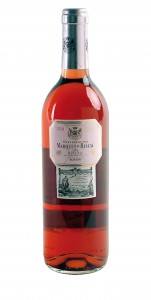
“I would serve this wine chilled and pair it with fish, shellfish, pasta, and rice dishes,” Naiara’s eyes sparkled as she flashed me a smile.
“What temperature would your serve our rose?” I queried.
“46-50 degrees Fahrenheit,” she replied with a quick nod.
Our last wine hails from the Irouleguy apellation in the foothills of the Pyranees Mountains. This is in the Northern Basque Country which is actually in Navarre, France. Back in the 3rd Century, it was the Romans who first began to cultivate the lower Navarre terraces for wine production. Today, this area of France is synonymous with such red grape varietals as Tannat, Cabernet Franc, and Cabernet Sauvignon. Courbu, Petit Manseng, and Gros Manseng are the popular white grape varietals of the region. Naiara selected a Domaine Illaria Rougue 2009 as our final wine. Visually, the Illaria Rougue is a deep red. The bouquet is a healthy dose of black cherries interwoven with assorted spices. This is a vigorous wine with youthful tannins underlined by dark fruit flavors. This big red is a blend of 55% Cabernet Franc, 25% Cabernet Sauvignon, and 20% Tannat giving it a firm structure. This certified organic wine has an alcohol content of 13.5% with a price tag of $25.
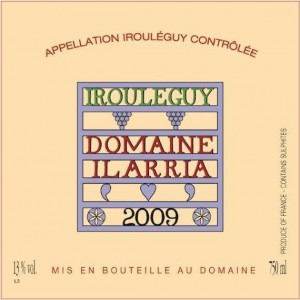 “I’d say this is a great wine for simple rustic cuisine.”
“I’d say this is a great wine for simple rustic cuisine.”
“Most definitely,” Naiara was quick to reply. “Braised pheasant or wild boar sausages would be ideal.”
“What’s next?” I queried.
“Izzara,” she was quick to reply.
“Ah, the fabled Basque liqueur … But that my friends is another story …”





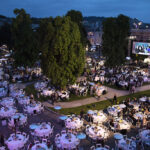



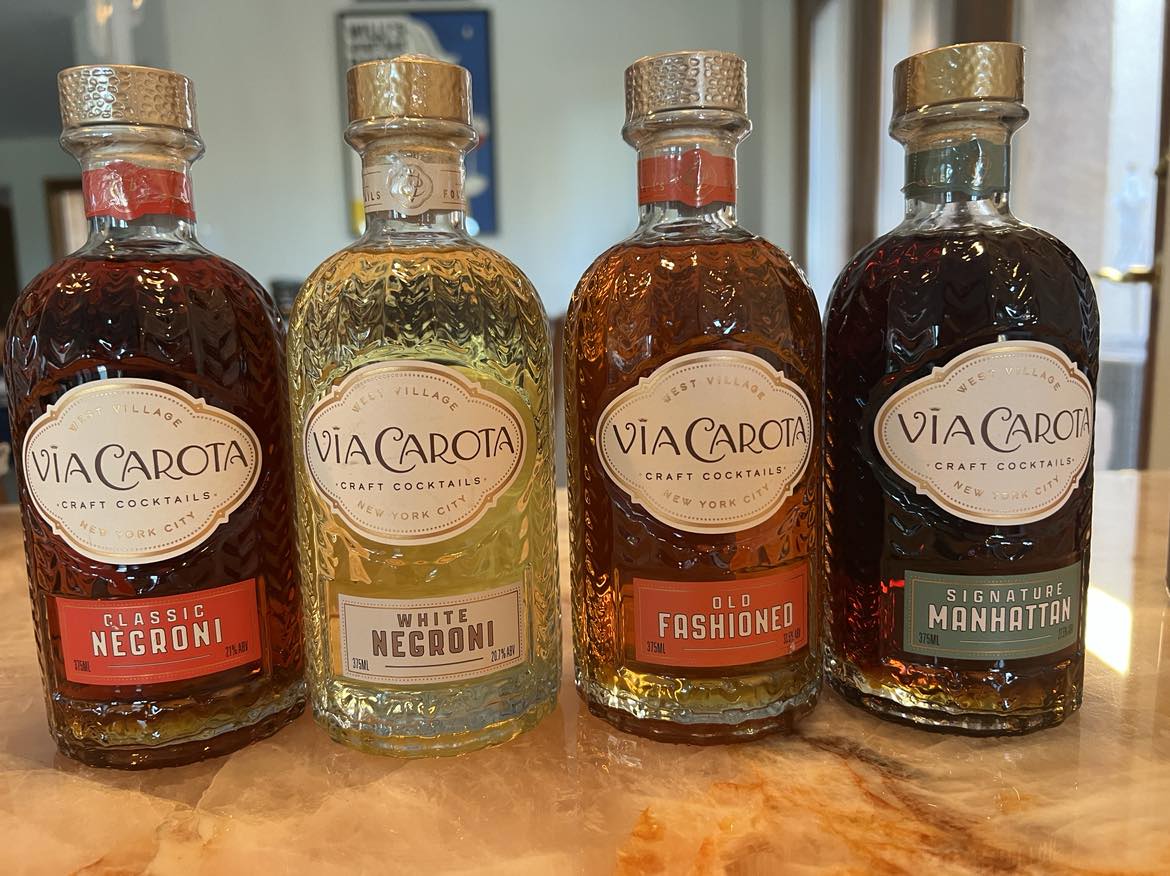
Nice shout out Uncle! As you may have figured, I spent too much time drinking wine as I was too busy surfing all day but I had heard they were great. And you all already know my stance on Riojas 😉